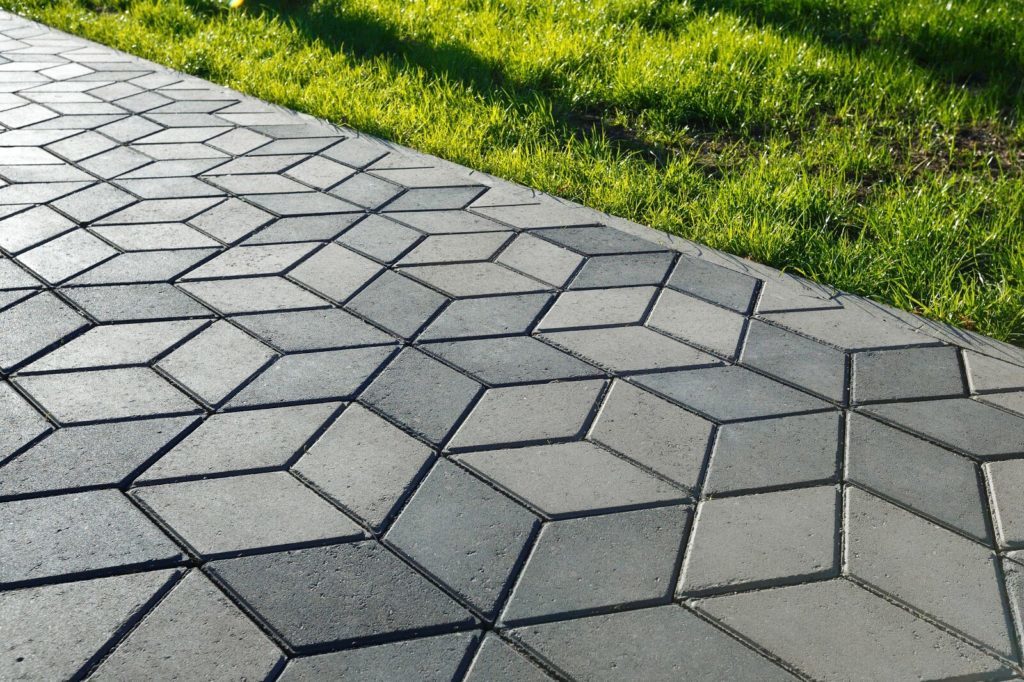Concrete is highly durable, but several factors can cause damage to your driveway. For instance, improper placement can lead to premature wear and unsightly cracks. Additionally, weather can play a massive role in the lifespan of your driveway. Small cracks that fill up with ice and snow can expand, especially after driving over it consistently.
Repairing your concrete driveway is incredibly easy and inexpensive in some cases, and you can most likely do it yourself. Although, there are a few instances where it is necessary to hire a contractor, and we’ll go over that momentarily. So continue reading to learn how to repair superficial cracks in your driveway in just a few easy steps.
Inspect the Concrete
Before you do anything, you’ll want to inspect the concrete to make sure you can do this repair yourself. You can fill small cracks under ¼ inch quickly, but significant destruction needs to be handled by a contractor to prevent further damage down the line. You can always hire a concrete contractor in Cass County, IN, to efficiently get the job done if you’re in the area. If you’re unsure of the damage’s extent, it doesn’t hurt to call a professional out to take a look.
If your driveway is crazing, it may look terrible, but you can fix it easily. Crazing happens when the concrete dries too fast. But, it’s not a big deal, and it is not an indication of structural damage. To repair crazing, you may need to get an angle grinder to grind down the top layer of concrete before filling the cracks.

To Replace or to Repair?
Some minor surface cracks and crazing are easy to repair without tearing out and replacing the entire driveway. But if there are chunks of concrete coming out, sinking, and significant structural damage, you may need to scrap it and lay down a new one.
Some indicators that you need to replace your driveway are large amounts of weeds growing from the cracks, the ability to pull chunks of concrete out, and large potholes. These signs can point to underlying causes that need to be fixed before laying down a new driveway. However, if yours only needs minor repairs, you can move on to the first step.
Step 1: Prepare
Repairing the driveway isn’t something you can do when you randomly feel like it. You’ll need to make sure there will be several days of clear weather and temperatures of at least 50 degrees Fahrenheit. Filling and sealing your driveway the day before a rainstorm will be a waste of effort. Before getting started, you’ll need the following tools:
- Asphalt crack filler
- Concrete sealant
- Broom or leaf blower
- Putty knife
- Pressure washer
- Sponge
- Gloves (optional for safety)
- Squeegee
- Paintbrush
Step 2: Clean the Driveway
This step is crucial, and you don’t want to skip it. Failure to do so can prevent the sealant from properly sticking, rendering your repair useless. To clean the driveway, you’ll want to sweep away any debris using a broom or leaf blower. Then pick any weeds poking out from the cracks. If necessary, you may need to learn how to remove moss, so it doesn’t grow back quickly. Next, you’ll have to clean it with a power washer and let it dry before proceeding to the next step.

Step 3: Fill Cracks
Once it is completely dry, you can fill the cracks with concrete filler. Pour the filler into the cracks generously. Using too much is better than not using enough. It will overflow, so you’ll use the putty scraper to get rid of the excess. Make sure you level out the filler, so it’s even with the driveway. Putting in too much and not leveling it off can leave your driveway looking bumpy after sealing. Once you’ve taken care of all the cracks, you’ll need to let it dry before moving on.
Step 4: Seal the Driveway
Once all of the filler is dry, you should lightly clean to remove any debris one last time. Then, you can begin sealing the concrete. To do so, pour the sealer along the driveway and use the squeegee to level it out. Make sure to apply just the right amount of pressure, so it’s not too thick or thin. Remember that you’ll want to use the paintbrush on the edges for a cleaner look. Let the sealer cure for a day and then go ahead and add another layer.
Repairing your driveway is a relatively easy task. However, if you’re unsure of whether you should simply fix it or replace it entirely, call a contractor to take a look. If it’s a basic repair, you can go ahead and do it yourself. Just remember to ensure the weather will be nice and gather all materials before getting started.






